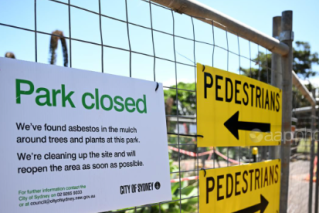How do you plan for the future when there are no planners or engineers?
Another reason the housing market is bogged down is that 537 of Australia’s local councils urgently need qualified planners.


Housing was being impacted by a lack of engineers and planners (file photo)
About 90 per cent of councils were battling a labour shortage, particularly for engineers and planners.
A new report by the Planning Institute of Australia found 232 local government areas in Australia had no planners on staff, equating to 43 per cent of all local government areas. However, at least some of these would be in remote communities where there would be little work for a planner.
But the PIA said the lack of planners was expected to become a bigger issue, especially for local government, following the passing of the Government’s Housing Australia Future Fund legislation, which outlines ambitious housing targets.
“This is a major challenge when councils are looking to plan and support more affordable housing in local communities and facilitate supporting infrastructure,” the PIA said.
A recent report from the Australian Local Government Association also showed more than nine out of 10 councils were facing jobs and skills shortages, with the biggest shortages for planners and engineers.
“This is a major issue when councils are looking to plan and support more affordable housing in local communities and facilitate supporting infrastructure,” PIA said.
At the National Cabinet meeting in August 2023, which focused on housing affordability, there was agreement by Federal and State/Territory Governments to adequately resource built environmental professionals, including planners, in local government.
Apart from planners and engineers there was also a shortage of building surveyors, health inspectors and HR professionals.
As a result of these skills shortages, 51 responding local governments (24 per cent) said that they resorted to recruiting less skilled applicants for urban and town planning roles.
More than 10 local governments said that the skill shortages for urban and town planners ware becoming critical for the future.
The most common drivers of skills shortages generally are a market shortage of suitably skilled candidates, an inability to compete with the private sector and other local governments on remuneration, locational disadvantages and, for some, pronounced geographic differentiations.
On average, it is taking local governments between 2.9 and 3.8 months to fill staff vacancies for professional and administrative positions.












